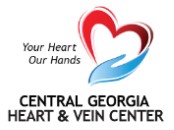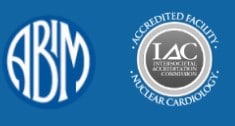Have you been diagnosed with coronary artery disease (CAD)? Here’s what you need to know- CAD is the most common type of heart disease in the United States. It is also the main cause of heart-related deaths in the US. But this doesn’t mean you don’t have options to deal with your Coronary artery disease diagnosis.
How Coronary Artery Disease Occurs:
CAD is diagnosed when your arteries become too hard or too narrow because of excess plaque and cholesterol. This condition prevents proper blood flow to your heart and can lead t a lack of oxygen, angina (chest pains), and heart attacks. Over time, the disease worsens when not treated properly and too much blood builds up causing a clot to completely cut off your heart’s blood supply. Furthermore, patients experience a weakening of their heart that results in arrhythmias/heart failure.
How To Diagnose CAD:
- Cardiac Catheterization– When a catheter is placed in a vein to the heart to find blockages.
- Coronary Angiography– Dye is used with x-rays to see your blood flow.
- Echocardiogram– A painless test that uses sound waves to see images of your veins.
- Other prescribed diagnostic tests can also be performed depending on patient’s condition and Doctor’s preference.
How to Manage The Disease:
- Surgery- A common surgery is a cardiac angioplasty. During angioplasty, your doctor inserts a tiny balloon at the site of the blockage and expands it to widen the narrowed artery. Click here to see a video of this procedure.
- Lifestyle Changes
- Medication depending on symptoms and patients.
What About Prevention?
First, get annual or bi-annual check-ups based on your current health and family history. Staying informed about your risks in the first step. Practice good health. Exercise, a diet low in sodium and fats can help prevent a build-up of plaque. See this article about foods that lower your cholesterol.
Worried about your heart health? Visit our appointments page to see a Central Georgia Heart cardiologist.





